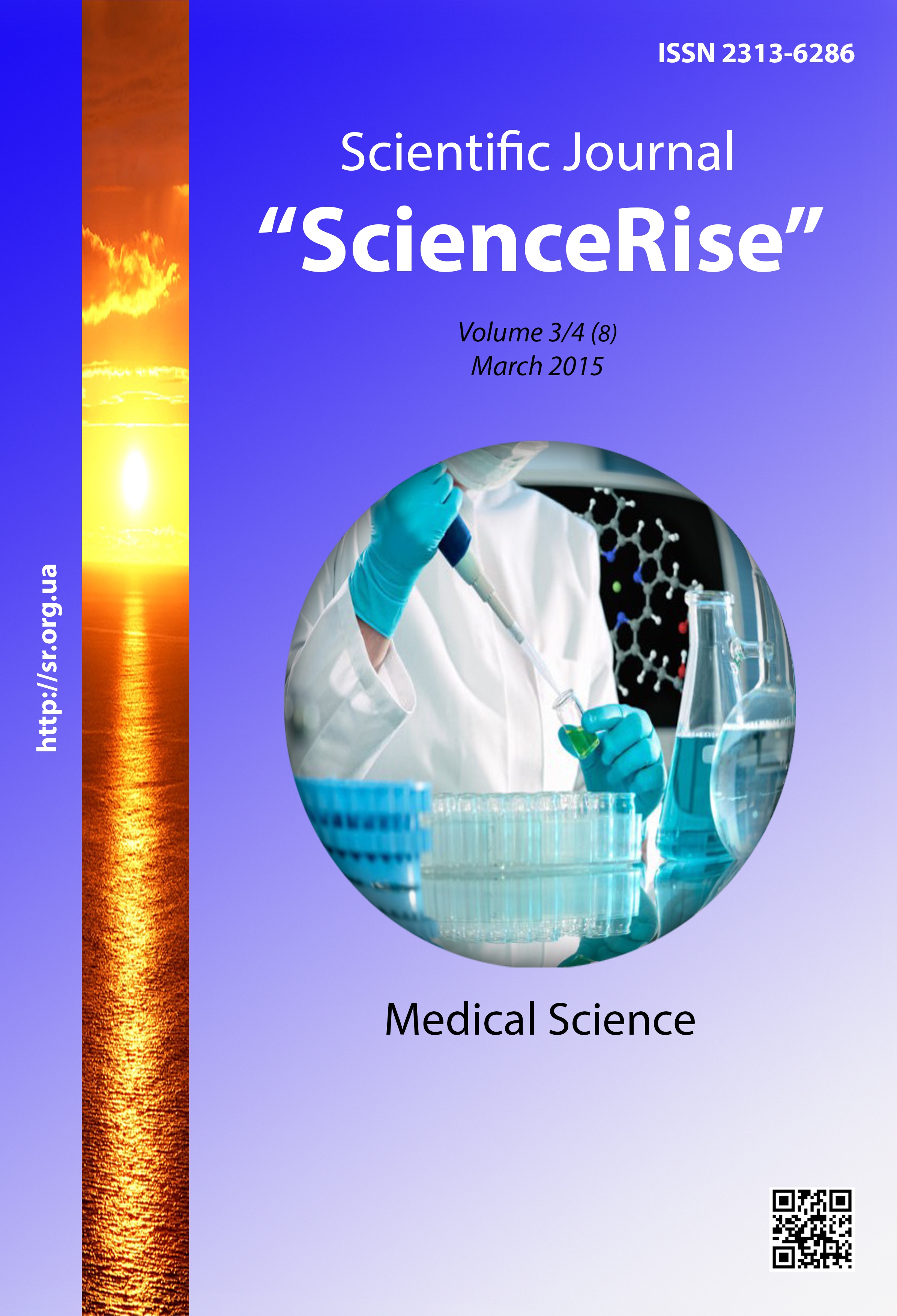Ecthyma mimicking cutaneous leishmaniasis
DOI:
https://doi.org/10.15587/2313-8416.2015.39356Keywords:
Ecthyma, cutaneous leishmaniasis, infection, leishmaniaAbstract
Chronic non-healing ulcerated skin lesion can be a diagnostic dilemma for the dermatologist in an area endemic with cutaneous leishmaniasis. The differential diagnosis may include a large list of cutaneous diseases ranging from infection to advanced skin cancers. Ecthyma is cutaneous infection caused by group A beta-hemolytic streptococci or Staphylococcus aureus bacteria with dermal and subcutaneous invasion. Ecthyma is a differential diagnosis for cutaneous Leishmaniasis presenting as an ulcerated lesion in endemic areas. Being in endemic area for cutaneous leishmaniasis, general physicians and some dermatologist may miss other important and common differential diagnosis, resulting in delay of proper management and increase risk of complications. Our aim in this work is to draw the attentions toward better management while dealing with ulcerated cutaneous lesions. Method: Case reporting. Result: This is a case of a 60 year-old Sudanese male patient who presented with a chronic nonhealing ulcerated lesions at his right forearm for 4 months. The patient was misdiagnosed as a case of cutaneous leishmaniasis and he was treated with anti-leishmanial therapy with no improvement. He was finally diagnosed to have staphylococcal ecthyma that successfully responded to oral antibiotic. Conclusion: Dealing with chronic ulcerated skin lesion requires a carful and detailed history taking and a good knowledge of the common and endemic diseases in the patient’s area supported by proper laboratory studies
References
Clem, A. (2010). A current perspective on leishmaniasis. Journal of Global Infectious Diseases, 2 (2), 124–126. doi: 10.4103/0974-777x.62863
Stockdale, L., Newton, R. (2013). A Review of Preventative Methods against Human Leishmaniasis Infection. PLoS Neglected Tropical Diseases, 7 (6), e2278. doi: 10.1371/journal.pntd.0002278
Salam, N., Al-Shaqha, W. M., Azzi, A. (2014). Leishmaniasis in the Middle East: Incidence and Epidemiology. PLoS Neglected Tropical Diseases, 8 (10), e3208. doi: 10.1371/journal.pntd.0003208
Amin, T. T., Al-Mohammed, H. I., Kaliyadan, F., Mohammed, B. S. (2013). Cutaneous leishmaniasis in Al Hassa, Saudi Arabia: Epidemiological trends from 2000 to 2010. Asian Pacific Journal of Tropical Medicine, 6( 8), 667–672. doi: 10.1016/s1995-7645(13)60116-9
Bari, A., Rahman, S. (2006). Correlation of clinical, histopathological, and microbiological findings in 60 cases of cutaneous leishmaniasis. Indian Journal of Dermatology, Venereology and Leprology, 72 (1), 28–21. doi: 10.4103/0378-6323.19714
Markle, W. H., Makhoul, K. (2004). Cutaneous leishmaniasis: recognition and treatment. Am Fam Physician, 15, 69 (6), 1455–1460.
Pavli, A., Maltezou, H. C. (2010). Leishmaniasis, an emerging infection in travelers. International Journal of Infectious Diseases, 14 (12), e1032–e1039. doi: 10.1016/j.ijid.2010.06.019
AlKhodair, R., Al-Khenaizan, S. (2010). Fish tank granuloma: misdiagnosed as cutaneous leishmaniasis. International Journal of Dermatology, 49 (1), 53–55. doi: 10.1111/j.1365-4632.2009.04239.x
Verma, S., Verma, G. K., Singh, G., Kanga, A., Sharma, V., Gautam, N. (2012). Facial chromoblastomycosis in sub-Himalayan region misdiagnosed as cutaneous leishmaniasis: brief report and review of Indian literature. Dermatol Online J. 15, 18 (10), 3.
10. Krishna, S., Miller, L. S. (2012). Host–pathogen interactions between the skin and Staphylococcus aureus. Current Opinion in Microbiology, 15 (1), 28–35. doi: 10.1016/j.mib.2011.11.00311. Orbuch, D. E., Kim, R. H., Cohen, D. E. (2014). Ecthyma: a potential mimicker of zoonotic infections in a returning traveler. International Journal of Infectious Diseases, 29, 178–180. doi: 10.1016/j.ijid.2014.08.01412-Empinotti, J. C., Uyeda, H., Ruaro, R. T., Galhardo, A. P., Bonatto, D. C. (2012). Pyodermitis, An Bras Dermatol., 87 (2), 277–284.
Motswaledi, M. (2011). Superficial skin infections and the use of topical and systemic antibiotics in general practice. South African Family Practice, 53 (2), 139–142. doi: 10.1080/20786204.2011.10874073
Stevens, D. L., Bisno, A. L., Chambers, H. F., Dellinger, E. P., Goldstein, E. J. C., Gorbach, S. L. et. al. (2014). Practice Guidelines for the Diagnosis and Management of Skin and Soft Tissue Infections: 2014 Update by the Infectious Diseases Society of America. Clinical Infectious Diseases, 59 (2), e10–e52. doi: 10.1093/cid/ciu296
Downloads
Published
Issue
Section
License
Copyright (c) 2015 Moteb K. Alotaibi

This work is licensed under a Creative Commons Attribution 4.0 International License.
Our journal abides by the Creative Commons CC BY copyright rights and permissions for open access journals.
Authors, who are published in this journal, agree to the following conditions:
1. The authors reserve the right to authorship of the work and pass the first publication right of this work to the journal under the terms of a Creative Commons CC BY, which allows others to freely distribute the published research with the obligatory reference to the authors of the original work and the first publication of the work in this journal.
2. The authors have the right to conclude separate supplement agreements that relate to non-exclusive work distribution in the form in which it has been published by the journal (for example, to upload the work to the online storage of the journal or publish it as part of a monograph), provided that the reference to the first publication of the work in this journal is included.

